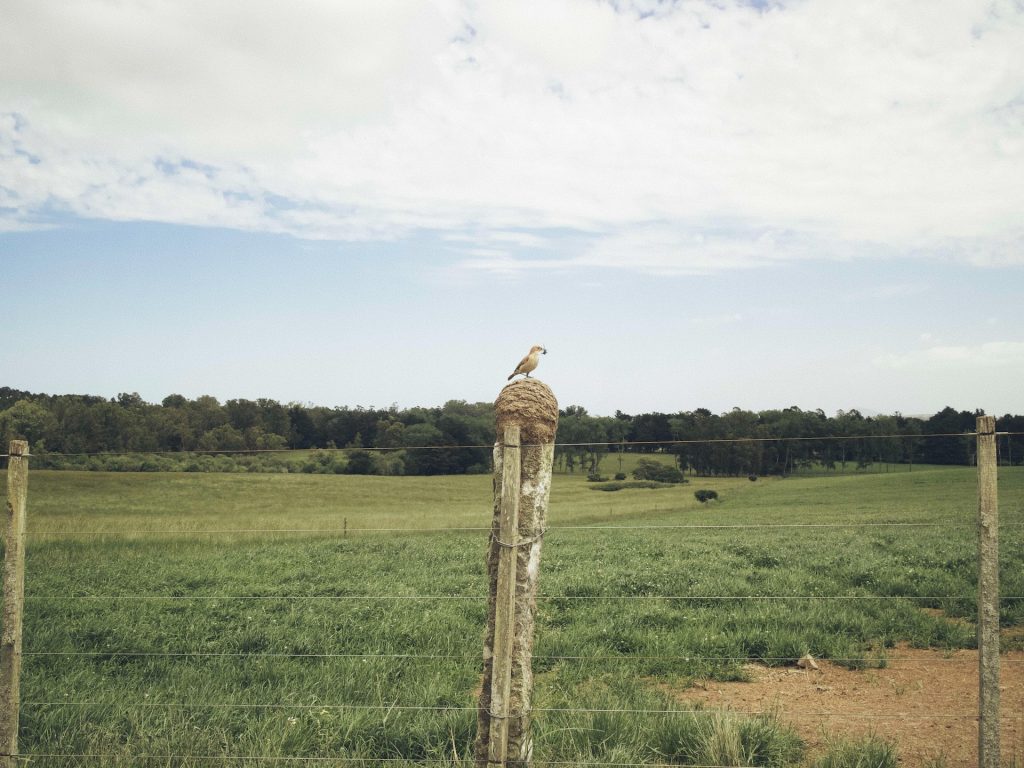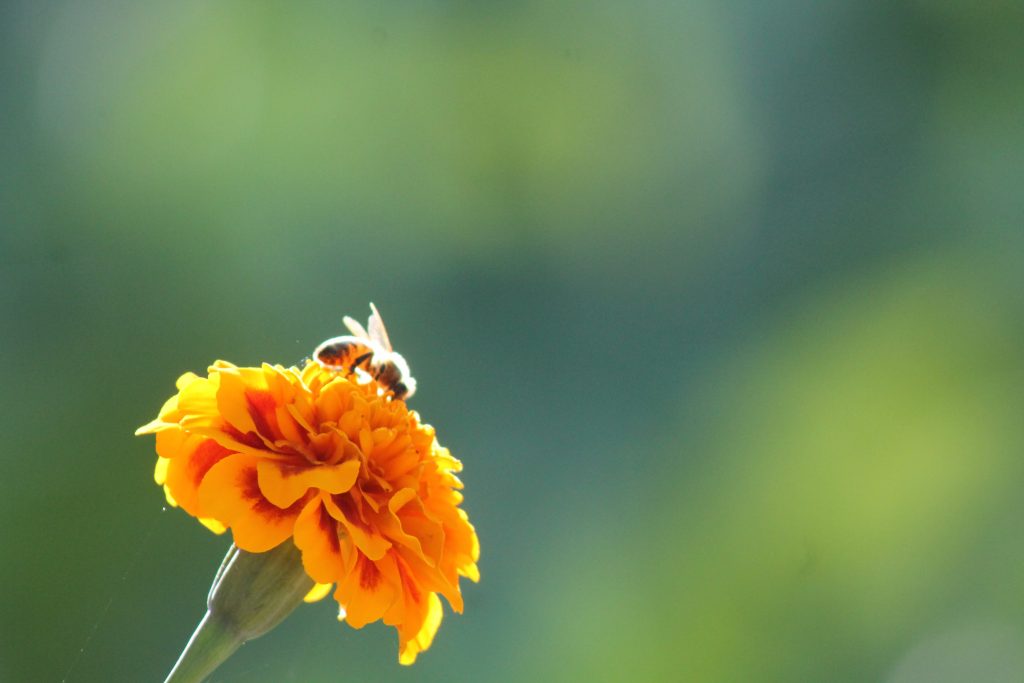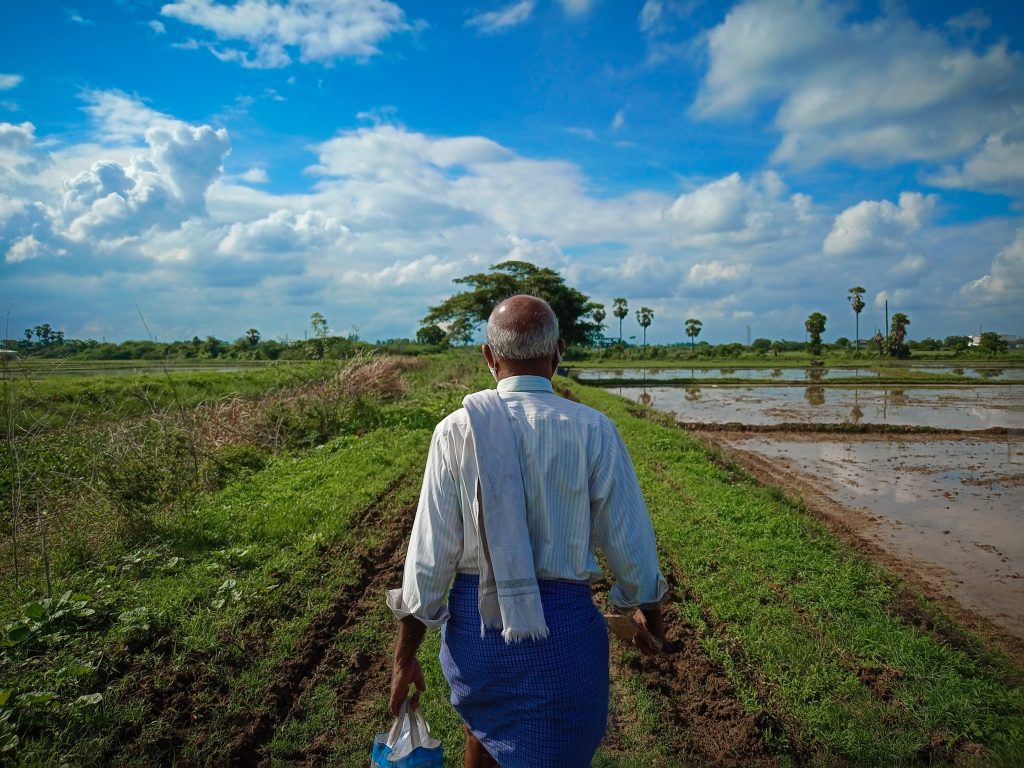“Humanity has become a weapon of mass extinction,” UN Secretary-General Antonio Guterres said on the eve of the recent COP15 in Montreal. “It’s time to forge a peace pact with nature and stop this orgy of destruction”. A few days later, his words were echoed by the executive director of the UN Environment Programme, Inger Andersen, who called for “making peace with nature” and warned of a “biodiversity apocalypse”. Her harsh definition was inspired by the findings of a report by the Intergovernmental Science-Policy Platform on Biodiversity and Ecosystem Services: “around 25% of species in the assessed animal and plant groups are threatened, and around 1 million already face extinction, unless action is taken to reverse such a trend”. To date, the response by governments and international bodies has been especially money, but such a financial flow has often proven to make things even worse.
“We spend four or five times as much subsidising the destruction of nature as we pay for conserving it,” says Andrew Deutz, director of global policy at The Nature Conservancy, a global conservation organization, dedicated to solving the biodiversity and climate crises. Because of the need to ensure food security, a large slice of the cake goes to agriculture, despite it being the “threat number 1 to biodiversity”, especially because of its expansion into native ecosystems. At the European level, with about €59 billion/year, the Common Agricultural Policy represents almost 40% of the EU budget. Nearly 70% of it is spent on so-called “direct payments”, aimed at securing farmers’ incomes, and based on the amount of land that they own. “But this policy had negative environmental impacts, through encouraging intensification and increases in the agricultural area”, explains Nicholas Hanley, Professor of Environmental and One Health Economics at the University of Glasgow.
The negative consequences of such subsidies were recognised in 1992 when the European Commission brought in the so-called “pillar two policies”: additional incentives for farmers to adopt more “biodiversity-friendly” practices. However, paying them irrespectively for the outcome of their conservation activity “has proven not to be very effective,” explains Uwe Latacz-Lohmann, professor of farm management and production economics at the German University of Kiel. This is why the European project Effect is exploring new ways of improving the design of financial incentives for biodiversity conservation. “We implement more innovative and ‘result-based’ schemes, which link the payments to the environmental output of the farmers’ activities,” says Latacz-Lohmann, who is also the principal investigator of one of its case studies, run in the German State of Schleswig Holstein. Its goal is to protect ground-nesting birds, which migrate through the country, and breed on farmlands. “Farmers are paid for each bird which they save from being destroyed by agricultural activities on their land: €150 per hectare if one nest is still on the plot at the end of the breeding season, €350 if there are more.”
This scheme is innovative also because of its bottom-up approach, he says. “It was not imposed by the Government, but came from the farmers themselves, who said: ‘Hey, we have a problem: we are killing too many birds through our agricultural activities and we want to do something.’” Even though the outcome on biodiversity conservation is not measurable yet, the organisers already stress a positive “socio-economic” effect. “Farmers have become more engaged and familiar with conservation policies, and considering the massive impact of agriculture, it is very important to get them on board. But to get them on board, it’s crucial to pay them, because there is no market for biodiversity conservation like there is one for agricultural products,” says Latacz-Lohmann. Being out of the EU and no longer part of the Common Agricultural Policy, the UK has taken advantage of having a free hand, precisely to redefine the kind of farmers’ behaviours to encourage and design such a market.
According to a new policy called the “Biodiversity net gain”, local house-building companies are now required to offset their negative impacts on biodiversity by purchasing credits generated by farmers who switch from agricultural production to some kind of conservation land use. “This scheme has only been running for one year, but there seems to be a problem with getting enough farmers to participate, so we’re trying to find the best way to make this offset market more effective,” says Hanley, who leads two UK-based case studies within the Effect project. “We are addressing two problems: the first is the loss of biodiversity on farmland, and the second is the effect of development pressure on biodiversity.” And with respect to both of them the results are encouraging, he says: “This scheme creates a positive economic incentive, because farmers can earn money from engaging in conservation. And then it puts also a price on the negative impacts of development on biodiversity.”
The solutions implemented in the UK and Germany are based on the so-called “land-sharing model”: “Instead of reserving whole plots alternatively for conservation or agriculture, it consists in farming less intensively on each parcel of land, and in generating some conservation benefits too,” explains Hanley. Critics are sceptical about lowering the production of agricultural commodities and argue that the priority is to encsure food security, but the UN Environment Programme warns of a “double-edged sword”: “Our current system is aimed at producing more food, quickly and cheaply without taking into account the hidden costs to biodiversity,” says the Director of its Ecosystems Division, Susan Gardner. Experts agree that there is no silver bullet, but stress that feeding humanity and enhancing the conservation and sustainable use of nature are complementary and interdependent. “These goals can be advanced through the safeguarding of native species, and sustainable agricultural and agroecological practices,” states IPBES’ biodiversity report.
This call has recently inspired the agenda of the UN Biodiversity Conference in Montreal, which also adopted the non-binding target of phasing out or reforming environmentally damaging subsidies by at least $500 billion per year. “What such an international forum can do is shine a light on the problem, but it doesn’t have the tools and political capacity to make the changes,” says Deutz. “The key point is linking the subsidy reform to the trade agenda, and at this extent it’s more to the World Trade Organization and the development banks to help drive the change.” Beside this, many agree on the need of setting more ambitious targets and a comprehensive strategy: “What is urgent for biodiversity is an international commitment like the Paris agreement on climate change,” says Latacz-Lohmann. “We need to set both national goals like in Germany, where we have a biodiversity strategy, and a strategy at the EU level. But ‘strategy’ doesn’t mean just a set of objectives like in the Green Deal, it also means the policy instruments and the funds to achieve them.”
By Diego Giuliani
Cover photo by Jeremy Bishop on Unsplash



